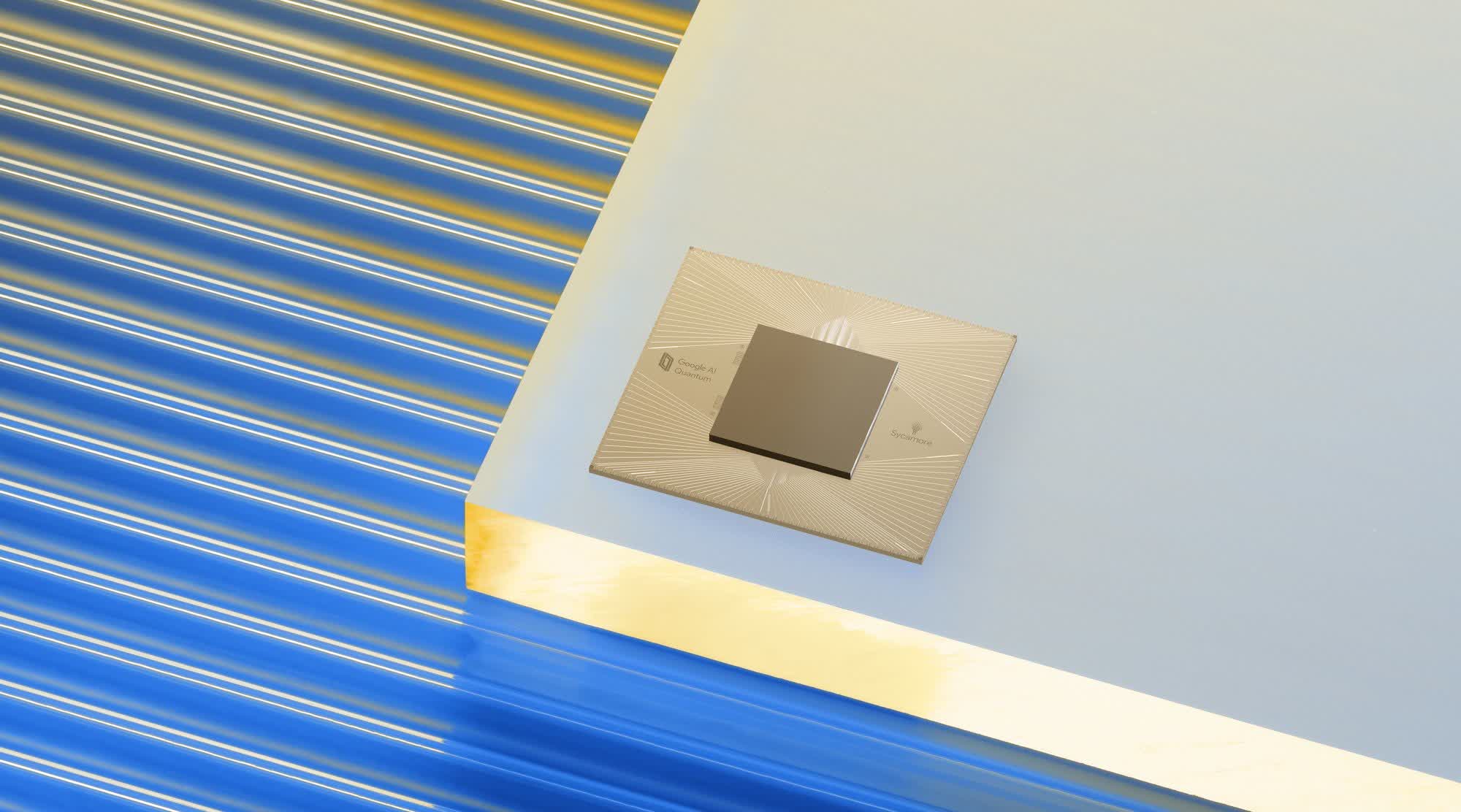The big picture: Like other tech titans, Google has come to the conclusion that classical computers simply aren't capable of simulating molecules very efficiently. In order to conquer goals like creating targeted medicines, formulating fertilizer to help feed the world without increasing carbon emissions or building better batteries to ease the load on the power grid, more complex machines are needed and this is where quantum computers come into play.
Google as part of its annual I/O developer conference this week announced a new Quantum AI campus in Santa Barbara, California, where the tech giant aims to build its own error-corrected quantum computer within the decade.
Google's new campus includes a quantum data center, hardware research laboratories and a quantum processor fabrication facility.
"With an error-corrected quantum computer, we'll be able to simulate how molecules behave and interact, so we can test and invent new chemical processes and new materials before investing in costly real-life prototypes," said Erik Lucero, lead engineer of Google Quantum AI.
Lucero laid out a multi-year, multi-step path "to build 1,000,000 physical qubits that work in concert inside a room-sized error-corrected quantum computer." In announcing the plans during his keynote, Google boss Sundar Pichai said they need to reduce the error rate of physical qubits, then combine 1,000 of them into a single logical qubit and scale that up to 1,000 logical qubits.
Google also launched an interactive website for its new Quantum AI campus, allowing visitors to take a virtual tour of the facility to see where the magic is happening. A separate site outlines what lies beyond classical computing in Google's quantum journey.
